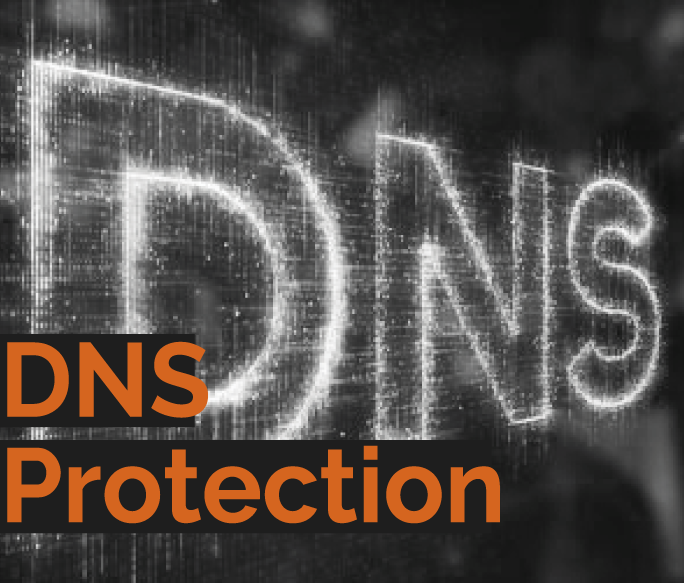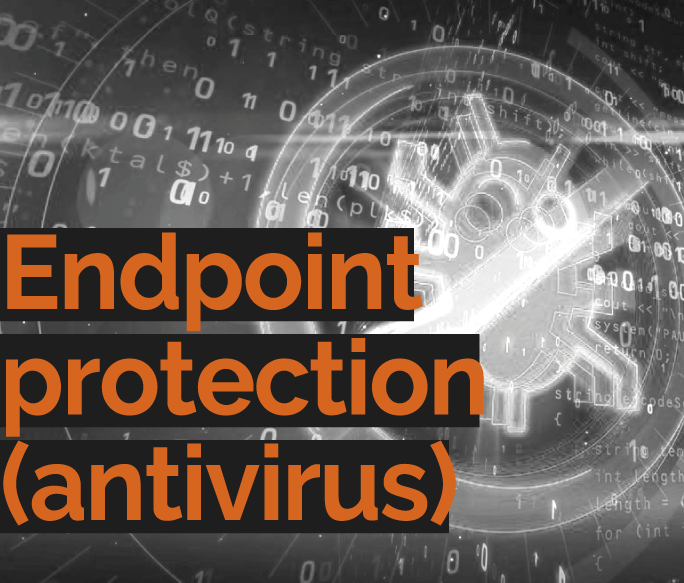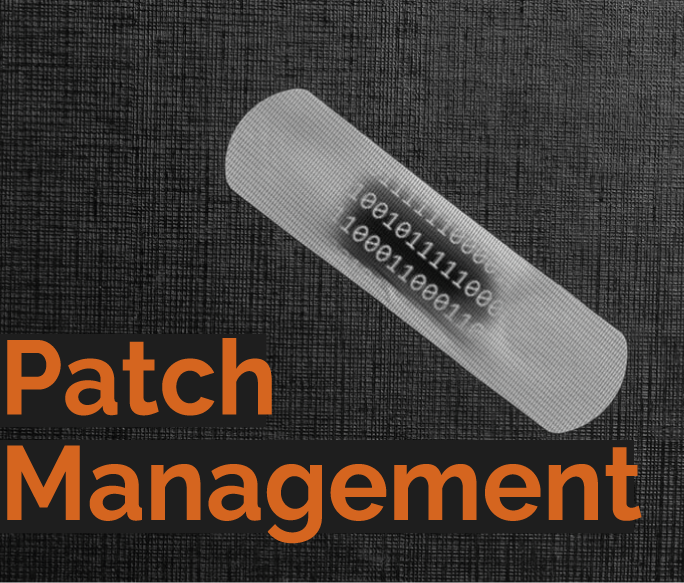An environment for verification and testing of unverified applications

Sandboxing is a tool for running new and untested software applications in their own isolated area, where they can be operated without posing any threat to the operating system as a whole and other installed applications. Virtual machines are mainly used to create sandboxes. Software developers usually use sandboxes to test new software code. Sandbox […]
Web resources protection

WAF (Web Application Firewall) is a web application firewall. It protects your web applications by monitoring and filtering the web traffic that your application processes. Cloud WAFs are services that provide traffic filtering services through the cloud. Such firewalls take full advantage of WAFs and transfer threat detection information across all subscribers to the service, […]
Secure work on the Internet

DNS Protection is an additional level of user protection when surfing the Internet. The technology is based on the fact that dangerous websites are blacklisted, thus filtering out unwanted content. DNS monitoring should be implemented to protect your organisation reliably from DNS vulnerabilities. This allows you to protect against cache poisoning (i.e. inserting fake information […]
Providing web security

Web Gateway is a high-performance web security device. It helps protect users browsing the Internet from any location by automatically configuring web access policies in a graphical interface. Opportunities: application of Internet usage policies; analysis of active code that enters the network; usage of DLP technology to scan outbound traffic; cracking and analysis of TLS/SSL […]
E-mail protection

An Email Gateway is a software or hardware/software system that helps prevent attacks such as spam, malware, and phishing emails so that the information being transmitted is safe and secure.Opportunities: spam blocking; on-the-fly antivirus scanning with the built-in signature antivirus; integration with third-party sandboxes to analyse all suspicious applications; phishing emails blocking; data leak prevention; […]
Network edge protection

A firewall is a software and hardware complex aimed at filtering traffic and protecting data from unauthorised access by intruders.Opportunities: filtering network packets according to the specified rules; monitoring and control of applications; traffic analysis, including anomaly search; preventing unauthorised access to confidential information and blocking attempts to transfer secured data; access control to network […]
Providing secure access

Multi Factor Authentication is a method used to ensure secure access to important or confidential company information. Within this framework, a user must provide more than one proof of authentication mechanism to gain access. The implementation of the method in practice is associated with the implementation of appropriate software.Result: secure access; strong passwords; hardware tokens; […]
Antivirus protection

A modern antivirus protection system is a comprehensive endpoint security tool that includes a range of functions that help counter modern attacks more effectively. Opportunities: signature-based antivirus with a centralised management console; Device Control: control of removable media and network printing; Application Control: blocking the launch of applications according to a blacklist or a white […]
Patch Management

Patch Management is a process of managing software updates using special software solutions. Opportunities: real-time monitoring of endpoints; automated updates of operating systems and applications; management of updates with easy-to-use tools; launch of updates remotely and their distribution across the network. Result: real-time visibility of endpoint status; prevention of incidents by reducing the attack surface […]
Inventory of assets for cyber security purposes

The core of Asset Management as a process is a software product that allows identifying and collecting all asset information in one place in accordance with cyber security goals. This tool can be used to monitor and manage assets in the network throughout their entire life cycle, from planning to disposal. Opportunities: identification of all […]
